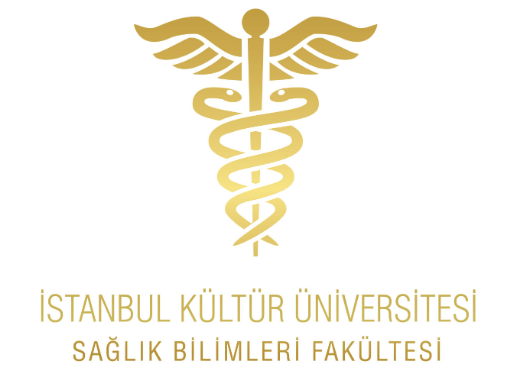The opinions of mothers with children of ages 0-2 about human milk banks: A qualitative study
DOI:
https://doi.org/10.33308/2687248X.202461321Keywords:
Milk banks, human milk, maternal-child nursing, health knowledge, attitudeAbstract
Objective: This study aimed to review the opinions of mothers with children of ages 0-2 about human milk banks. Method: The study was of phenomenological design. The purposive sampling method of criteria sampling was used. Seventeen mothers of children aged 0-2 who were hospitalized in the pediatrics department of a state hospital and who consented to participate were recruited into the study. The data gathered from the discussions were grouped under themes in Colaizzi's phenomenological content analysis. Results: The mothers pointed out that they did not look positively on human milk banks because of religious concerns. The mothers stated that they would share their human milk if they knew the child and parents who gets donor human milk. Conclusion: As in organ and blood donation systems, human milk banks can be implemented under the support of the Ministry of Health, which will be instrumental in developing human milk donation protocols and registration systems. This will increase the numbers of babies benefiting from breast milk, thus extending the duration of the breastfeeding period. This in turn will result in the growth and development of healthier generations.
Downloads
Published
How to Cite
Issue
Section
License
Copyright (c) 2023 Journal of Health and Life Sciences

This work is licensed under a Creative Commons Attribution-NonCommercial-NoDerivatives 4.0 International License.

